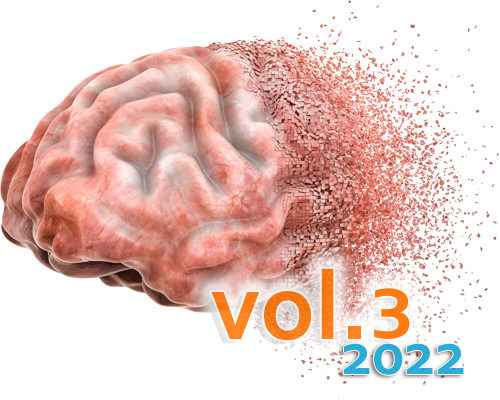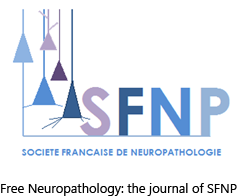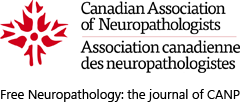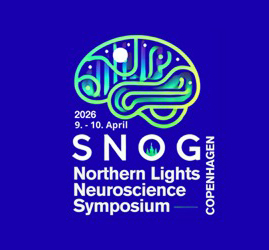Cerebrovascular disease lesions are additive and tied to vascular risk factors and cognitive impairment
DOI:
https://doi.org/10.17879/freeneuropathology-2022-3792Keywords:
Cerebrovascular disease, Alzheimer’s disease, Infarcts, Amyloid angiopathy, Arteriolosclerosis, Vascular risk factors, AgeingAbstract
Cerebrovascular lesions are prevalent in late life and frequently co-occur but the relationship to cognitive impairment is complicated by the lack of consensus around which lesions represent hallmark pathologies for vascular impairment, particularly in the presence of Alzheimer’s disease (AD). We developed an easily applicable model of cerebrovascular disease (CVD), defined as the presence of two or more lesions: moderate to severe cerebral amyloid angiopathy, moderate to severe arteriolosclerosis, infarcts (large, lacunar, or micro), and/or hemorrhages. AD was defined as intermediate or high AD neuropathologic change. The contribution of vascular risk factors such as atherosclerosis and/or a health history of heart disease, hyperlipidemia, stroke events, diabetes, or hypertension was also assessed. Logistic regression analysis reported the association of CVD with increasing age, vascular risk factors, AD, and cognitive impairment in this study of 1,485 autopsied individuals. Cerebrovascular lesions were present in 48% and 16% had CVD. Increasing age associated with all lesions (p<0.001), except hemorrhages (p=0.41). CVD was more likely in individuals with vascular risk factors or AD (p<0.01). CVD, but not individual cerebrovascular lesions, associated with impairment in cases without AD (p<0.01), but not in cases with AD (p>0.61). From this, we conclude that a simple, additive model of CVD is 1) age and AD-associated, 2) is associated with vascular risk factors, and 3) clinically correlates with cognitive decline independent of AD.
Metrics
Published
How to Cite
Issue
Section
License
Copyright (c) 2022 John L Robinson, Hayley Richardson, Sharon X Xie, Brian Alfaro, Nicholas Loh, Virginia M-Y Lee, Edward B Lee, John Q Trojanowski

This work is licensed under a Creative Commons Attribution 4.0 International License.
Papers are published open access under the Creative Commons BY 4.0 license. This license lets others distribute, remix, adapt, and build upon your work, even commercially, as long as they credit you for the original creation. Data included in the article are made available under the CC0 1.0 Public Domain Dedication waiver, unless otherwise stated, meaning that all copyrights are waived.



















